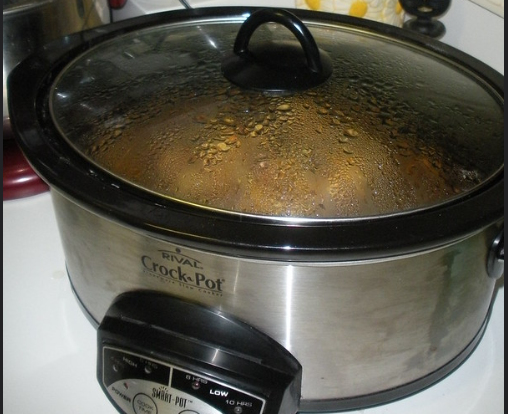The average household spends 1/3rd of their budget on household expenses including their mortgage. Utility costs make up roughly 1/3rd of their household expenses or about 11% of their total budget. With inflation taking a bigger bite out of our budgets, now is a good time to try to cut back on utility expenses.
Save on Energy for Heating and Cooling
You can save money on heating and cooling by following a few simple tips.
- Seal up air leaks… Caulk around windows and doors to prevent the loss of heated or cooled indoor air.
- Close the drapes or consider Energy Saving Blinds to help keep the heat in during the winter months. In the summer, shades or blinds can block out the sunlight, reducing the cooling load.
- Opening windows on summer nights instead of relying on air conditioning can save energy.
- Adding reflective window film to the inside of west-facing windows can reflect the sun and make cooling easier.
- Insulating your attic access ladder can also help reduce your heating and cooling load.
- An attic fan with a thermostat can help suck out excess heat in the summer to drastically reduce the cooling load on the rest of the house.
- Use an automatic thermostat to reduce energy use while you are at work.
Update Your Lighting
Updating your light bulbs can help you to save money on electricity. Old fashioned incandescent bulbs use about 10 times as much electricity as a new LED bulb and only last about 1,200 hours. Modern LED light bulbs can last 50,000 hours. So, although they are more expensive, the longer life and energy savings more than makes up for the increased cost.
Reduce Your Water Usage
In many places around the country, water can be expensive. If you have your own well you don’t have to pay for water which can be a significant saving. If you have city water, you can reduce your water bill by conserving water by installing water-saving faucets and showerheads. One of the most significant water users is lawn irrigation. If you have a built-in sprinkler system reducing the time that it runs can easily save thousands of gallons a month. Old-style washing machines in the 1970s used 41 gallons of water per load. Standard washing machines that don’t meet Energy Star compliance ratings still use between 30 and 35 gallons of water per machine load. Energy Star rated models use between 10 and 20 gallons of water per load, based on the machine type. Front-loading machines use gravity and less water to wash clothes. Dishwashers made before 1994 used between 9 and 14 gallons of water for each load, newer dishwashers only use about 3-5 gallons of water per load.
Negotiate Your Phone and Internet Costs
Phone and internet services seem to increase their costs every year. Without careful monitoring of your bill, it can have a significant impact on your monthly service costs. You can generally acquire a lower rate for phone and internet service if you negotiate with your carriers. In some cases, bundling phone and internet service can be the key to lower rates.
Consumers can manage the cost of their utilities if they take the time to make a few changes to their habits and routines. If you combine all of these cost savings, you will notice a dramatic difference in the amount of money you spend on utilities during an average year.
You may also like:
- 5 Essential Checkups to Run on Your HVAC to Maintain Energy Efficiency
- How to Save Money Cooling Your Home Even in the Middle of Summer
- Top 5 Essential Home Appliances for Efficiency
- Are Your Bathroom Habits Costing You? 4 Tricks to Save Water and Keep Bills Low
- 4 Home Improvement Projects You Can Save Money On
- How to Save Energy When Using a Water Heater
- Big Family? Top Strategies for Saving on Utilities
Helpful Amazon Products:
- Reflective Window Film
- Insulating your attic access ladder
- Attic fan with a thermostat
- LED light bulbs
- Energy Saving Blinds
- Automatic Thermostats





